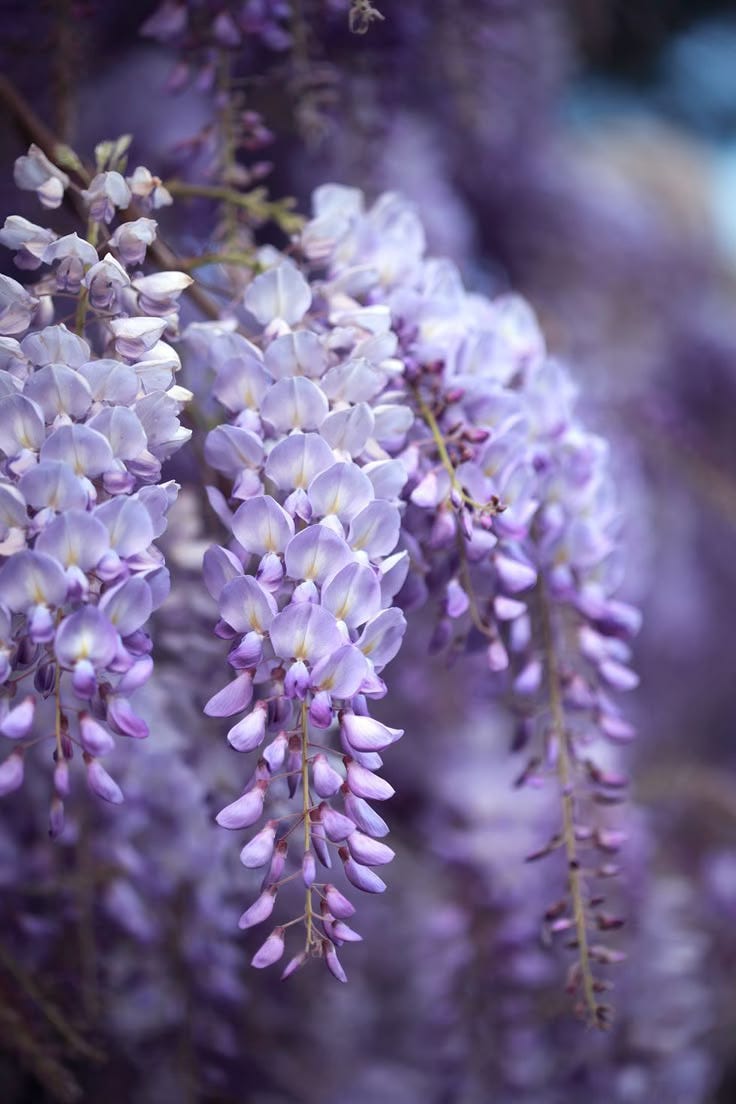Spring arrives quietly but unmistakably, for those who pay attention. As someone who has always moved through life with a heightened sensitivity to scent, sound, and subtle shifts in atmosphere, I find this season especially rich with inspiration. In mid-April here in Flanders, Belgium, the air itself seems infused with fleeting fragrances, stirred by soft light and buzzing bees. This post is a reflection on those ephemeral moments: a walk through the neighborhood that becomes a kind of olfactory meditation, blending research, observation, and a deep appreciation for the everyday poetry of the natural world.
Paying attention is something creative people often do. I’ve been doing it intrinsically, all my life. It’s mid-April, and you can’t help but notice how the air in the region I live—Flanders, Belgium—has changed: local trees, bushes, and spring flowers are in full bloom.
The light is softer now, filtered through newly opened leaves. There’s a slight warmth to the breeze, and the sound of bees returns—almost inaudible unless you stop and listen. If you pay close attention, you might catch the invisible perfume in the air—a blend of multiple scents, a fusion of plant fragrances. It almost feels like a real perfume.
I wish I could re-create it, but as many of you know, the scent of spring is one of the most elusive. Plants like lilac or wisteria simply don’t yield enough essential oil to capture their aroma. Still, it’s certainly worth wandering through the neighborhood to explore and enjoy spring in full bloom.
As I walk, I think about how fleeting this time is. In a few weeks, the freshness will fade into summer fullness. It makes me want to linger a little longer, slow down, and let the scent stay with me just a bit more.
While it’s often hard to identify every plant, I did some research to learn what was growing along the way. Some remain unnamed. Their colors, textures, and gestures contribute silently to the perfume—part of a mystery I don’t need to solve to appreciate. Not all of them are fragrant, but their presence adds to the overall impression.
Trees & Shrubs
Cherry Blossom (Prunus species)
Smell: Light, almondy, airy floral—delicate and ephemeral. Not strongly fragrant, but subtly sweet.Magnolia (Magnolia x soulangeana, etc.)
Smell: Creamy, lemony, waxy, and slightly fruity or spicy—very sensual and heady in full bloom.Lilac (Syringa vulgaris)
Smell: Intoxicating, powdery, floral with green and indolic facets—very nostalgic and complex.Forsythia
Smell: Mild, slightly green and honeyed—but generally not very fragrant, more visual.Wisteria (Wisteria sinensis)
Smell: Powdery, slightly grape-like or sweet vanilla floral. Some varieties more fragrant than others.Horse Chestnut Flower (Aesculus hippocastanum)
Smell: Musky, animalic, and sweetly pungent—lush and heady. Hints of honey, almond, and indolic white florals. Intensely spring-like, with a wild, untamed edge.Sweet Chestnut Flower (Castanea sativa)
Smell: Subtle, green-floral with faint woody and nutty undertones. Lightly sweet, with a dry pollen-like note. Earthy and restrained—more quiet than showy.
Wildflowers & Perennials
Primrose (Primula vulgaris)
Smell: Lightly sweet, greenish, sometimes with a fresh hay nuance.Wood Anemone (Anemone nemorosa)
Smell: Very mild or slightly earthy-green—more of a forest floor scent.Cowslip (Primula veris)
Smell: Sweet, honey-like with herbal undertones—gently aromatic.Violets (Viola odorata)
Smell: Iconic powdery, sweet, green-violet note—delicate and almost cool.Bluebell (Hyacinthoides non-scripta)
Smell: Subtle but pleasant—soft floral, slightly sweet and fresh.
Garden & Cultivated Plants
Hyacinth (Hyacinthus orientalis)
Smell: Strong, rich, green, creamy floral—heady, almost overwhelming in large quantities.Narcissus/Daffodil (Narcissus species)
Smell: Rich, green, slightly animalic floral with hay and honey tones—some more indolic than others.Tulip
Smell: Most are not fragrant, but some (like Tulip 'Angelique') have a fresh, green, rosy scent.Lungwort (Pulmonaria)
Smell: Not very aromatic—flowers are mild, more visual than fragrant.
I hope this glimpse into a spring walk inspires you, whether you're a perfumer, a plant lover, or simply someone who delights in the details of the world around you. The scents of spring may be elusive and hard to bottle, but they’re no less real or meaningful. By slowing down and paying close attention, we can savor these brief encounters with beauty, and perhaps carry something of their essence into our creative work and daily lives.





